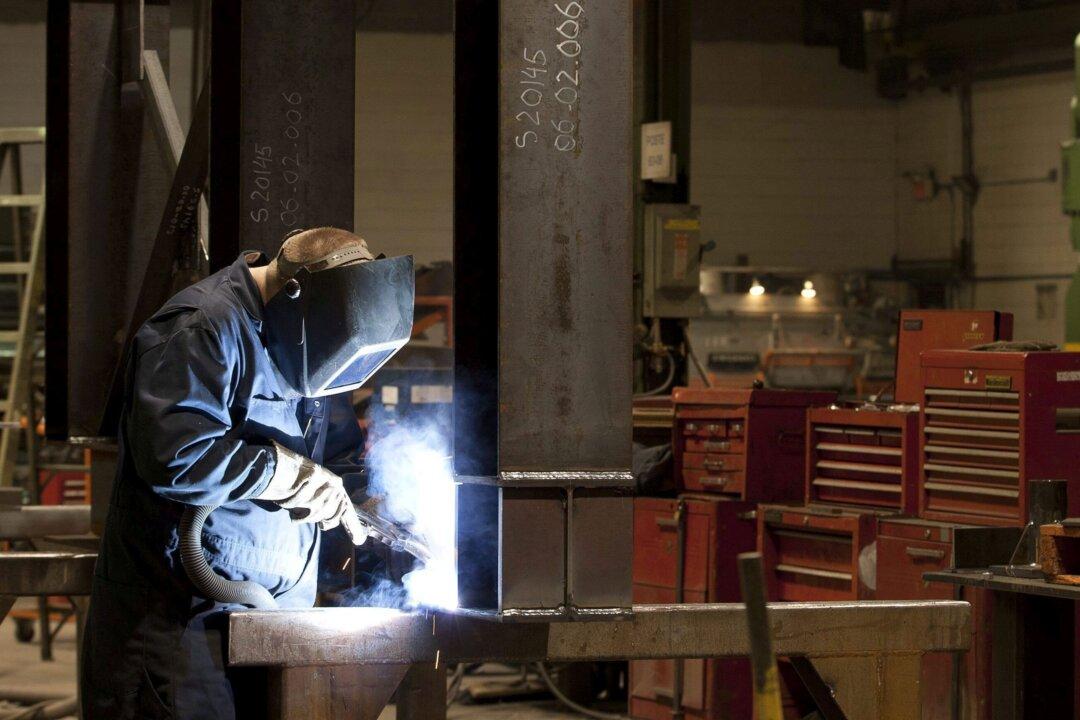Canada has a shortage of tradespeople that will worsen this decade unless educators, employers, and policy-makers respond, according to a recent report by the Royal Bank of Canada.
“Educators, employers, and policy-makers will need to address chronic problems in the trades pipeline, tap into underused pools of talent, and address a widening digital skills gap amid rapid technological advances in the workplace,” states the report titled “Powering Up: Preparing Canada’s skilled trades for a post-pandemic economy.”





